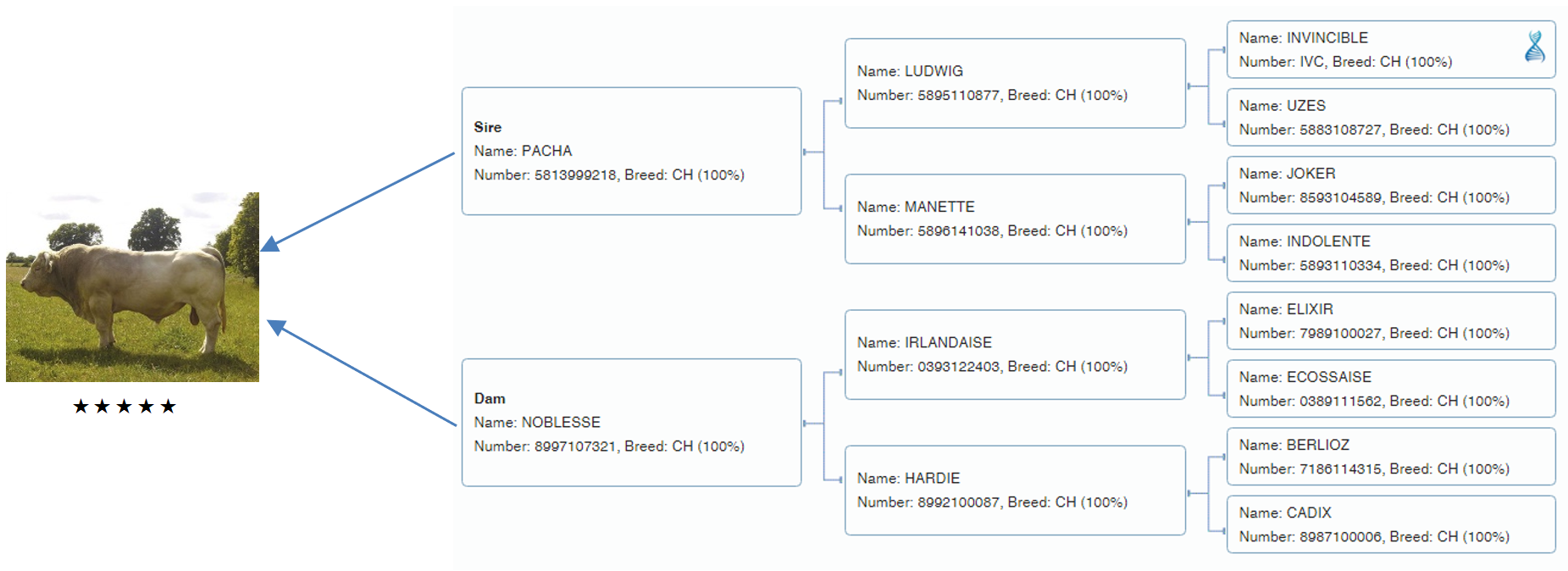ICBF has a system for estimating the star ratings for a beef bull. Below is a quick explanation of it?
Introduction
€uro-Stars are an estimate of the genetic merit of an animal. When a bull sires calves, they are an ‘expression’ of his genetic merit. So by weighing them & measuring how fertile they are etc, we can give the bull his stars based on his genes that have been ‘expressed’ by his progeny.
That’s all fine, but of course in cattle breeding we want to know what his genetic merit is before he has sired any calves. His genetic merit is basically a jigsaw with 4 different pieces.
The 4 critical pieces of information listed in the timeline order that they are used are:
- Backpedigree
- Genotype
- Foreign Data
- Irish Data
The easiest way to explain this is to walk through how an actual AI Sire got his €uro-Stars. If we take the French Charolais AI Sire ‘Bourgogne’ (CH2437) and apply the 4 steps above to him, the following is what we get:
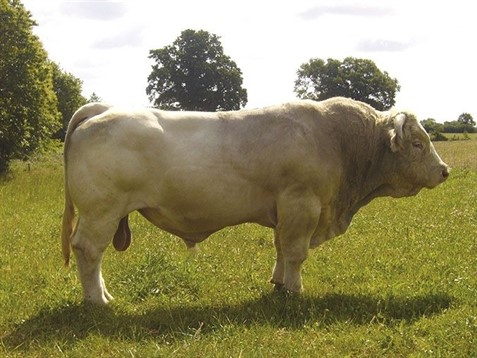
- Backpedigree
The very first thing that happens ‘Bourgogne’ is that his own details (name, tag number, date of birth) and those of his backpedigree (Sire, Dam, Grandparents etc) are entered into the ICBF database. Then what is known as ‘Parent Average’ €uro-Stars are calculated. So as the name suggests – these initial stars are an average of the €uro-Star values of his ancestors.
This ‘Parent Average’ calculation is dependant on how much or little we know about the bull’s various ancestors. For example, this bull’s ancestors appear in the backpedigree of other Irish Charolais animals. All of these connections contribute to ‘Bourgogne’s’ first index. It is our first best shot at where his index should start, based on what star ratings his ancestor’s have.
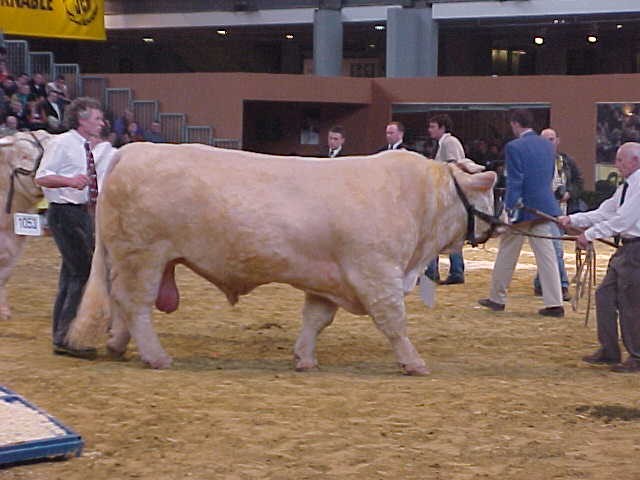
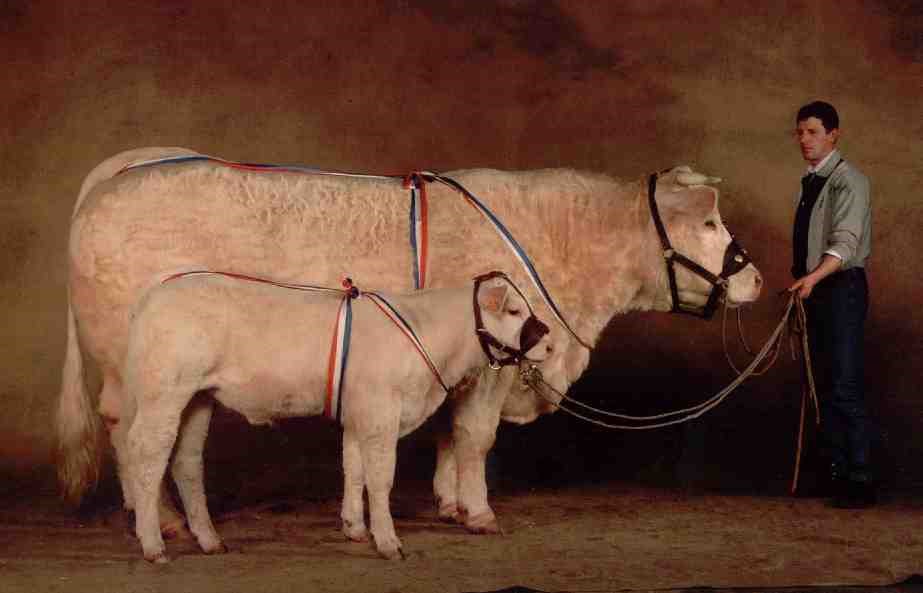
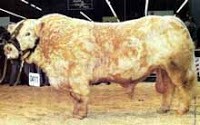
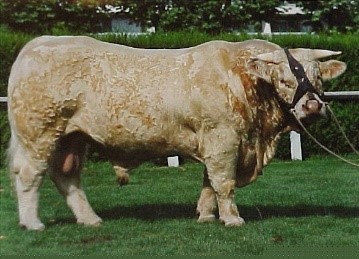
- Genotype
So the ‘Parent Average’ figures above are an estimate of the genetic merit that we are assuming the bull inherited from his ancestors. Analysing his own actual DNA allows us to be a lot more accurate

about what genes he got. Genotyping is the process of determining differences in the genetic makeup of a bull by examining his DNA sequence. So a straw of ‘Bourgogne’ is taken out of liquid
nitrogen, thawed out and the semen is extracted from the straw. The semen goes through a complex procedure then to analyse the bull’s DNA makeup – called genotyping. He might be found to be carrying the genes that influence ‘carcass weight’ or ‘daughter milk’ etc.
The results of this process are then used to make his initial ‘Parent Average’ index more accurate. This can be seen by the ‘reliability %’ figures increasing. What this is saying is that we are now more confident about knowing what the bull’s genetic merit is, than we were when we just had his parents figures to go on.
- Foreign Data
Watch out for the ‘#’!. Bourgogne’ had already been used in France before his semen arrived in Ireland. So ICBF blends in what French breeders have already recorded on his progeny in France, into his Irish €uro-Stars here. It is only possible to do this for traits that are recorded in both countries. ICBF indicates what traits are using such foreign data by placing a ‘#’ sign beside the numbers of records. This table can be found by clicking on the ‘Evaluation History’ tab in the ICBF ‘Animal Search’ results page and scrolling down to the bottom.
So ‘Bourgogne’ has 35 Irish calving records but his calving ease index from France is also being included in his Irish €uro-Stars. Likewise for ‘Carcass Weight’, he has no carcass weight records here yet but his French ‘Carcass weight’ index figures are being used in the calculation of his Irish €uro-Stars.
- Irish Data
The previous 3 steps are used to help us predict how we think ‘Bourgogne’ will breed in Ireland. However, ‘the proof of the pudding is in the eating’!
- His Backpedigree would have started him at about 30% reliability
- His Genotype & Foreign Data would then lift him to nearly 50% reliability
- It is the performance of his progeny both in Ireland and France that will now move him higher than this 50% mark.
How high his reliability % goes and in what direction his index moves will depend on how the cattle he sires perform.
A good example of how records affect a bull’s index is the ‘Calving Difficulty %’ index for ‘Bourgogne’. He has sired 35 calves in Ireland to-date. There were 144 other calves sired by other bulls born alongside his calves. 3% of his calves were found to be born with some degree of difficulty compared to 4% of their herdmates. So he has been found to be easier calving than his herdmates.
ICBF reflects this on-farm finding in his ‘calving difficulty %’ evaluation by reducing it from 5.40% to 5.20%. There were only 20 records in the previous evaluation run which had him at 5.4%. The increase of 15 records is reflected in his ‘reliability %’ increasing from 69% to 72%. ICBF repeats this same comparison of progeny v herdmates for all the traits 3 times per year.
Summary
As has been explained – there are 4 major pieces of information that help create and then change a bull’s €uro-Stars. Data is constantly being recorded by farmers both here and abroad on progeny of the bull’s they are using. As they are recording this data, the full picture of a bull’s genetic merit is becoming clearer.
If you want to know how much of a bull’s genetic merit is known you need to look at his ‘reliability %’ figures. If this figure is up near 95% or greater then you can take it that we have fully uncovered how he is breeding for that particular trait.
All of the data used in this article is freely available on the ICBF website. Enter an animal’s tag number into the ‘Animal Search’ and then click on the tabs to find out more about how an animal’s index is calculated.

